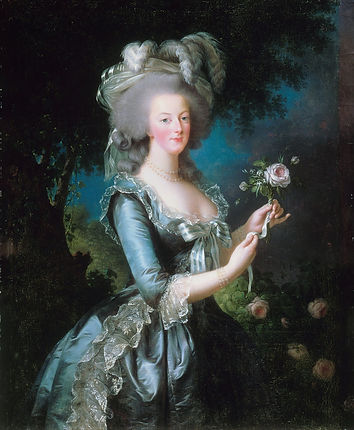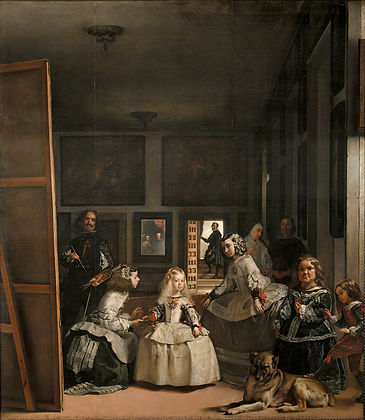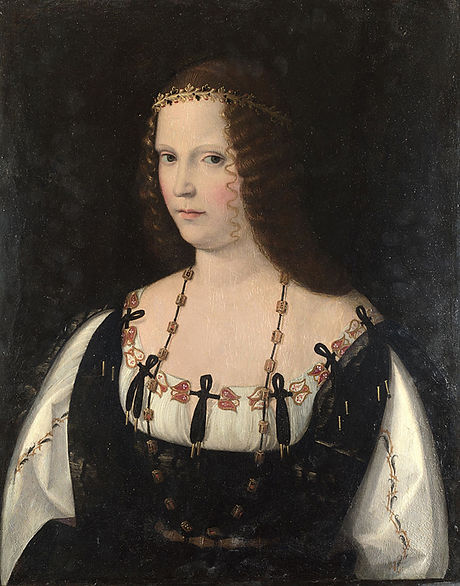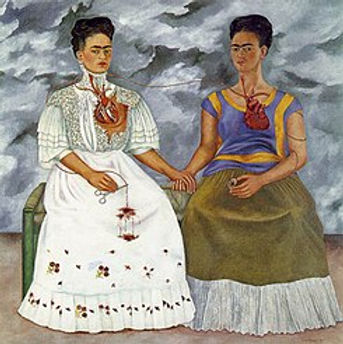G -A -L - L - E - R - Y
artistic experience
TEAM
where passion is born

CARLOS FELIPE TORO ANGEL
student LB

SARA MURRILAS PAZ
student LB

SOFIA LOZANO HERNANDEZ
student LB
INTRODUCTION
welcome to our art gallery created for all art and history lovers, where you can find wonderful works of art made by painters well known throughout history for their outstanding works such as Frida Kahlo or Diego Velazquez. you will also find the history through the paintings that are going to be presented in this virtual gallery. you will also find the history through the paintings that will be presented in this virtual gallery, the information is divided in the three languages which we have learned in the LB which are French, English and Spanish. in the field of musical art you can also find information on how music has evolved over time. we hope you like it !
CAUSE AND EFFECT
we decided in this project to connect cause and effect with the artistic and social environment because as a group we felt this topic very interesting because we saw art as a way to express and show us thoughts, beliefs, customs and many more aspects that make an era different from the other. we can see art as a human expression that is embodied in art, music, etc., which in the course of time is adapted to the thought and tastes which are changing, but always follow the same pattern adapting it to the era. that in the course of time is adapting to the thought and tastes which are changing, but always follow the same pattern adapting it to the time. so we decided to choose works from different eras and talk about them historically and they wanted to capture them in the era in which it was painted and we recreate as they would be those works in the historical moment in which it was painted and we recreate how would be those works in the historical moment in which it was painted.
GIRL WITH A PEARL EARRING
MUSIC
music that characterizes the first work :
court music is the group formed in 1996 by the tenor and lute player Armando Fuentes and the harpsichordist Alvaro Huertas with the
harpsichordist Alvaro Huertas with the aim of presenting the repertoire of the XVI, XVII and XVIII centuries in a lively, expressive and
in a lively, expressive and accessible way to a contemporary audience.
https://www.youtube.com/watch?v=YboDe-yLJdw
actual music :
The song "City of Blinding Lights" is a song of two genres, Rock and Pop.
Rock is a broad term that groups together a variety of styles of popular music that originated as
rock and roll in the early 1950s in the United States and evolved into a wide range of different
styles in the 1960s, particularly that time. period. country and the United Kingdom.
Pop is a musical style that originated in the late 50s and early 60s in the United States, has
elements of rock music and British popular music and is characterized by its simple and direct
structure and the special importance attached to it. gives to the melody.
AMERICAN GOTHIC
MUSIC
music that characterizes the first work :
Jazz is the musical genre that best represents freedom, surely because it was born from the absence of it.
its origin is so powerful that it still exerts its effects. This genre was born in the 1920s - 30s.
around the decades of the 1920s - 30s.
actual music :
The song "I just need U" by TobyMac, is a song that belongs to the Christian genre, or is part of
sacred music. In the tradition of Western music, sacred music is all that music that has been
conceived to be sung, played or performed in liturgical or religious contexts.
MARIE ANTOINETTE DIT LA ROSE
MUSIQUE
LA MUSIQUE QUE L'ON JOUAIT À VERSAILLES
Le terme "classicisme" en musique est plutôt ambigu, bien qu'il ait beaucoup à voir avec la récupération des principes susmentionnés de la culture classique gréco-latine : équilibre, proportion, rationalité. Habituellement, le classicisme musical fait référence à la période comprise entre 1750 et 1800 environ, années qui vont en fait d'une extension du baroque à un proto-romantisme, en passant par des styles intermédiaires tels que la musique dite "rococo" ou "style galant".
https://www.youtube.com/watch?v=yPrqaUL6u68&t=36s
MUSIQUE ACTUELLE
Avec un rythme plus moderne mélangeant le romantisimo, l'électronique avec un mélange très français on peut écouter le fatigué appelé l'amour l'amour l'amour l'amour de bon entendeur.
https://www.youtube.com/watch?v=W-8jADLcOuU
LES MENINES
MUSIQUE
la musique qui était écoutée dans la couronne espagnole
Le terme "classicisme" en musique est plutôt ambigu, bien qu'il ait beaucoup à voir avec la récupération des principes de la culture classique gréco-latine mentionnés ci-dessus : équilibre, proportion, rationalité. Habituellement, le classicisme musical fait référence à la période comprise entre 1750 et 1800 environ, années qui vont en fait d'une extension du baroque à un proto-romantisme, en passant par des styles intermédiaires tels que la musique dite "rococo" ou "style galant".
https://www.youtube.com/watch?v=zHUZlpST-IQ&t=38s
musique actual
Un mélange de flamenco et de musique espagnole qui lui donne une touche personnelle, moderne et originale. On retrouve les racines espagnoles au milieu des chansons mais avec une touche plus moderne dans les chansons de l'auteur-compositeur-interprète, compositeur et musicien guitarricadelafuente.
https://www.youtube.com/watch?v=sjQdxrSttnE
RETRATO DE LUCRECIA BORGIA
MUSICA
musica que caracteriza la primera obra:
La música del renacimiento, o música renacentista, es la música clásica
europea escrita dura los años 1400-1600, aproximadamente. Las
características estilísticas que definen la música renacentista son su textura
polifónica que sigue las leyes del contrapunto, y está regida por el sistema
modal, heredado del canto gregoriano.
https://youtube.com/watch?v=PxfiCtvE4ng&feature=share
musica actual:
Poco a poco el bolero evolucionó de música de cantinas y peñas a música de
serenatas y su temática romántica lo hizo rápidamente aceptado por todas
las clases sociales.
LAS DOS FRIDAS
MUSICA
musica que identifica la obra original :
Cucurrucucú paloma» es una canción mexicana estilo huapango
escrita por Tomás Méndez en 1954. El título es una referencia
onomatopéyica al canto característico de la paloma. ... Con el
correr de los años, la canción ha sido utilizada como banda sonora
de varias películas y ha obtenido popularidad internacional.
https://youtube.com/watchv=F7i3xljYFpg&feature=share
musica de obra actual :
Es inequívoco que la música ha ido evolucionando con el paso del
tiempo. ... Las culturas amerindias, por su parte, hicieron de los
instrumentos de viento y la percusión una forma de vida,
incorporando estos sonidos a su cultura, de tal manera que hasta
hoy día no se puede hablar de música mexicana sin tenerlo
presentes.
https://www.youtube.com/watch?v=hpn8nh8ZH84
ENCUESTA
ENQUÊTE
SURVEY








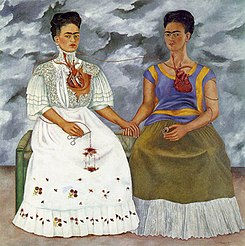

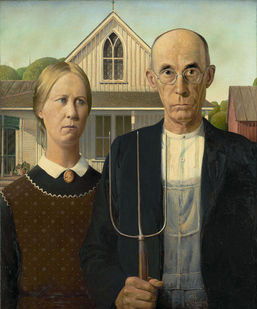





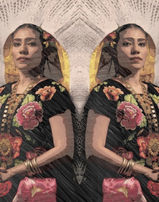
_-_The_Girl_.jpeg)

